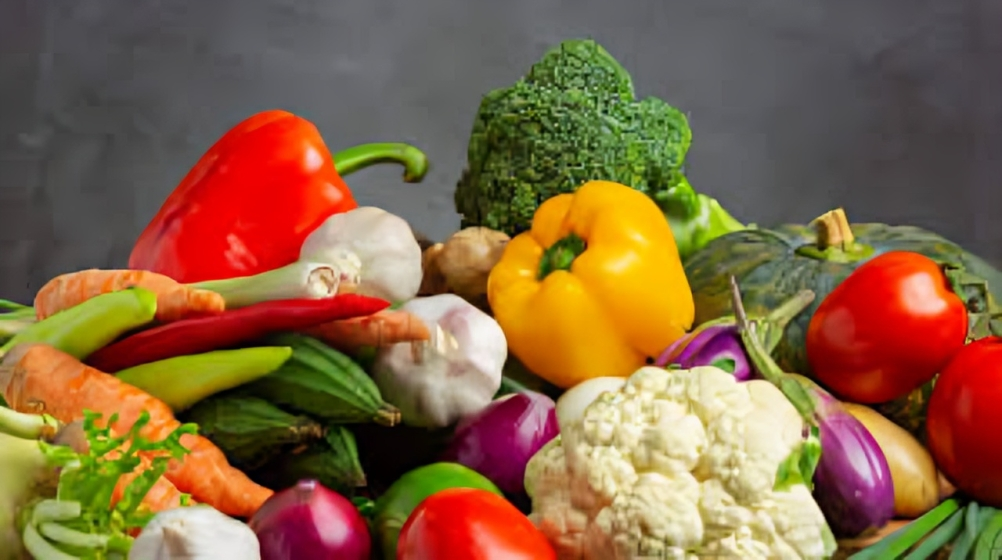Peru, a land of breathtaking landscapes and rich cultural heritage, is also home to some of the most nutritious and flavorful vegetables in the world. Thanks to its diverse climate and fertile soils, this South American country produces an astonishing variety of vegetables that have been staples for centuries. From the high-altitude Andes to the lush Amazon rainforest, Peruvian vegetables are packed with flavor, color, and health benefits. In this article, we will explore some of the most iconic Peruvian vegetables, their health benefits, and how they are used in traditional cuisine.
1. Potatoes (Papas)
Peru is considered the birthplace of the potato, with over 4,000 varieties grown across the country. These potatoes come in a variety of colors, shapes, and flavors, from the creamy yellow “papa amarilla” to the purple “papa morada.”
Health Benefits:
- Rich in fiber, potassium, and Vitamin C
- Contains antioxidants that support immune health
- Helps regulate blood sugar levels
Culinary Uses:
- “Papas a la Huancaína” – boiled potatoes covered in a spicy cheese sauce
- “Causa Rellena” – mashed potatoes layered with avocado, chicken, or seafood
- “Papas Andinas” – baked or fried native potatoes served with various dips
2. Corn (Maíz)
Peru boasts a variety of unique corn types, including the massive “Choclo” (Peruvian giant corn) and the deep purple “Maíz Morado.”
Health Benefits:
- High in fiber and essential nutrients like magnesium and iron
- Purple corn contains anthocyanins, powerful antioxidants that reduce inflammation
- Supports digestion and heart health
Culinary Uses:
- “Choclo con Queso” – boiled giant corn served with fresh cheese
- “Chicha Morada” – a refreshing, sweet drink made from purple corn
- “Tamales” – corn dough filled with meat, cheese, or vegetables, wrapped in banana leaves
3. Quinoa
Quinoa, often called the “mother grain,” is technically a seed but is classified as a vegetable due to its plant-based origin. It has been cultivated in the Andes for thousands of years.
Health Benefits:
- A complete protein containing all nine essential amino acids
- High in fiber, iron, and magnesium
- Supports weight management and heart health
Culinary Uses:
- “Ensalada de Quinoa” – a refreshing quinoa salad with vegetables and citrus dressing
- “Quinotto” – a Peruvian-style quinoa risotto
- “Quinoa Soup” – a hearty Andean soup with vegetables and spices
4. Maca Root
Grown in the high-altitude Andes, maca root is a superfood known for its energy-boosting and hormone-balancing properties.
Health Benefits:
- Enhances stamina and endurance
- Supports hormonal balance and fertility
- Improves mood and cognitive function
Culinary Uses:
- “Maca Smoothie” – blended with fruits, milk, and honey
- “Maca Powder in Baking” – used in cakes, cookies, and energy bars
- “Maca Tea” – a warming beverage with a nutty, earthy flavor
5. Lúcuma
Lúcuma is a fruit that is often considered a vegetable due to its starchy texture and use in savory dishes. It has a naturally sweet, caramel-like flavor.
Health Benefits:
- High in beta-carotene, which supports eye health
- Rich in fiber and antioxidants
- Supports healthy digestion and skin health
Culinary Uses:
- “Lúcuma Ice Cream” – a beloved Peruvian dessert
- “Lúcuma Smoothie” – blended with milk and cinnamon
- “Lúcuma Flour” – used in baking for a naturally sweet flavor
6. Oca
Oca is a colorful tuber with a tangy, slightly sweet flavor. It is a staple crop in the Andean region.
Health Benefits:
- Rich in Vitamin C and iron
- Supports immune system function
- Provides slow-releasing carbohydrates for sustained energy
Culinary Uses:
- “Oca Frita” – fried oca with a crispy texture
- “Oca Soup” – a warming Andean-style soup
- “Baked Oca” – roasted with herbs and spices
7. Yacón
Yacón, also known as the “Peruvian ground apple,” is a root vegetable with a sweet, juicy taste, often compared to pears.
Health Benefits:
- High in prebiotics that support gut health
- Helps regulate blood sugar levels
- Supports weight management and digestion
Culinary Uses:
- “Yacón Chips” – thinly sliced and baked for a healthy snack
- “Yacón Syrup” – used as a natural sweetener
- “Raw Yacón Salad” – sliced and mixed with citrus dressing
8. Ají Peppers
Peruvian cuisine is known for its bold flavors, and ají peppers are a key ingredient. Some common varieties include “Ají Amarillo” (yellow chili pepper) and “Ají Panca” (red pepper with a smoky flavor).
Health Benefits:
- Rich in Vitamin C and capsaicin, which boosts metabolism
- Supports heart health and reduces inflammation
- Contains antioxidants that fight free radicals
Culinary Uses:
- “Ají de Gallina” – a creamy chicken dish with yellow chili sauce
- “Rocoto Relleno” – stuffed spicy rocoto peppers
- “Salsa de Ají” – a spicy condiment for various dishes
Conclusion
Peruvian vegetables are not only diverse and delicious but also packed with health benefits. Whether you’re looking to enhance your diet with nutrient-rich foods or explore the bold flavors of Peruvian cuisine, these vegetables are an excellent choice. From the humble potato to the powerful maca root, each of these vegetables tells a story of Peru’s agricultural heritage and culinary creativity. Try incorporating these Peruvian superfoods into your diet and experience the magic of Andean and Amazonian flavors!

